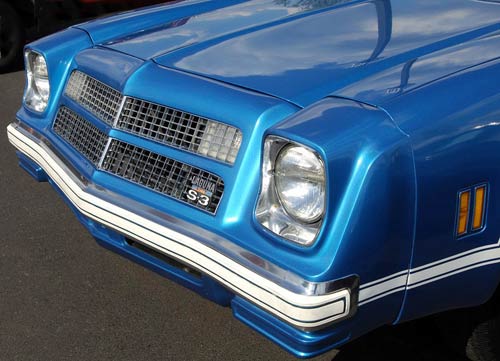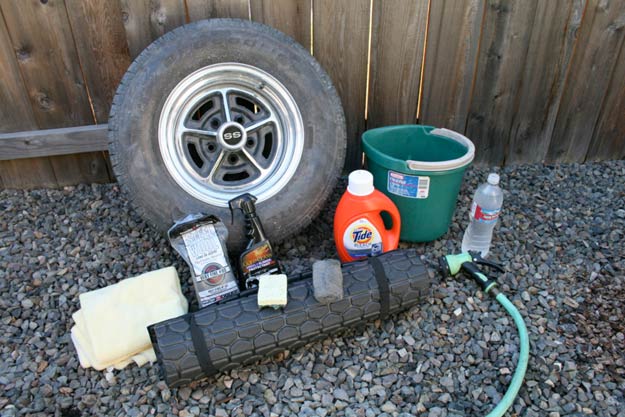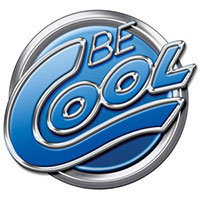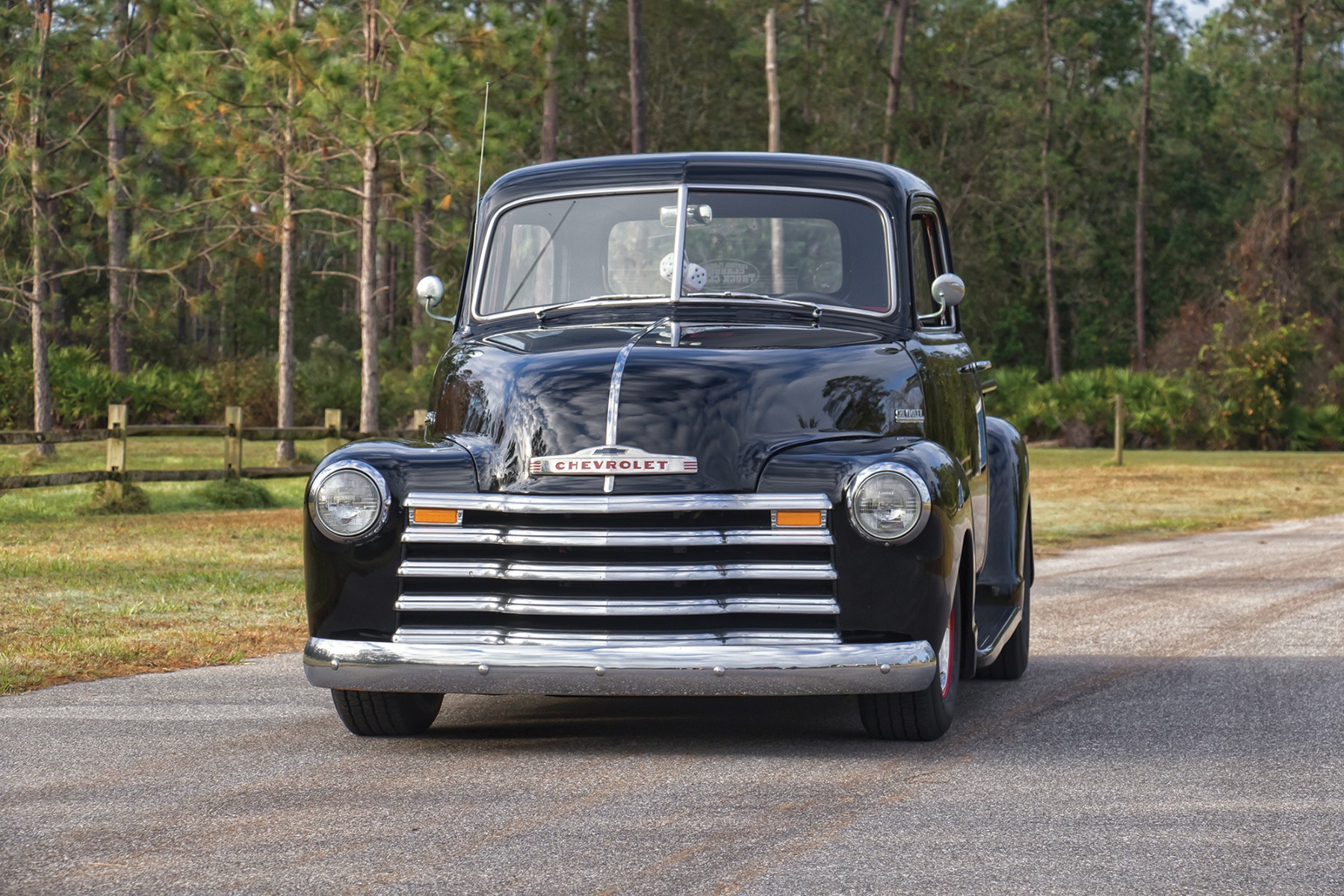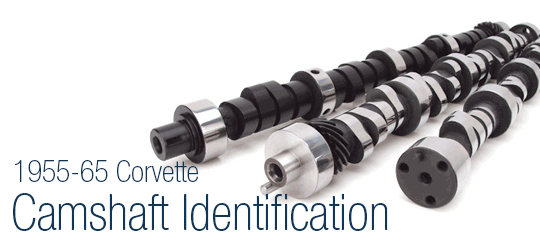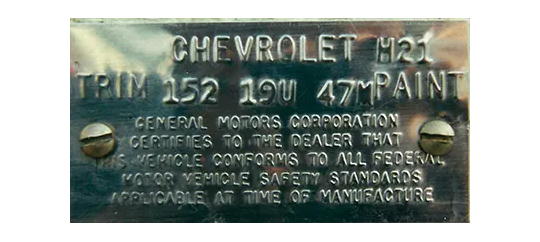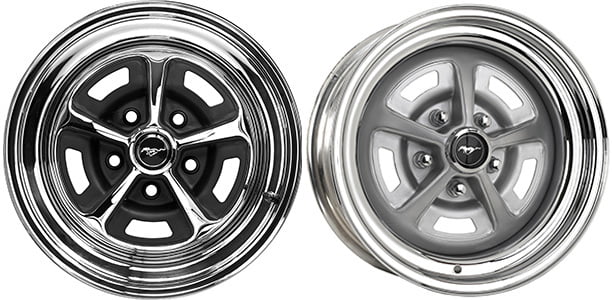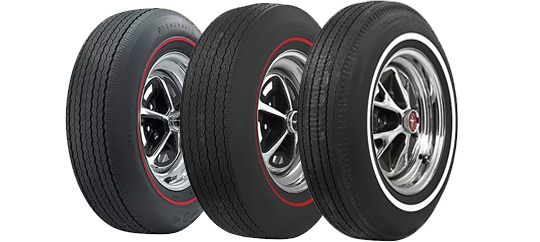Master Cylinder/Power Booster Conversion
- Feb 20, 2015
Time: 2 hours (approximately)
Tools: standard socket set, standard wrenches, brake bleeder (optional)
Cost: $250 and up
Tinware: master cylinder/power booster
Tip: Always bleed the brakes repeatedly anytime changes are made in the brake system.
Performance gains: A new, dual circuit master cylinder and power booster will enhance the ease and safe operation of your brake system.
Most vehicles on the road today, both old and new, use hydraulic systems to actuate the brakes. Hydraulic systems allow pressure to be delivered through small diameter hoses and lines from the pedal to the braking surfaces at each wheel without taking up a large amount of room. They also decrease the amount of foot pressure required by making the surface area of the master cylinder pistons smaller than that of the wheel cylinder or caliper pistons.
The master cylinder consists of a fluid reservoir mated to a cylinder and piston assembly. Late models (typically post-1967) came equipped with a dual reservoir master cylinder. The dual reservoir was designed to separate the front and rear braking systems hydraulically in case of a leak. These dual circuit master cylinders utilize two pistons, a primary and a secondary, to keep the braking system safely in order. The primary piston is actuated mechanically by the linkage of the brake pedal. The secondary piston, located directly behind the primary, is set in motion by trapped fluid between the two pistons. If a leak occurs forward of the secondary piston, it will move forward to the front of the master cylinder, and the trapped fluid between the two pistons will operate the rear brakes. If the rear brakes develop a leak, the primary piston advances until it reaches the secondary– forcing it to apply pressure to the front brakes.
In the unfortunate circumstance of a system failure or leak, most dual circuit systems use a switch to warn the driver that only half of the braking system is working properly. This switch is either mounted on the firewall or on the frame of the vehicle below the master cylinder. A hydraulic piston receives equal pressure on both sides from the two circuits. If the pressures remain even and stable, the piston is stationary. If there is a leak in either circuit and the piston is pushed to one side, the switch is closed and the warning light is activated.
On disc brake equipped cars, this switch mechanism also contains a metering valve and often, a proportioning valve. Metering valves restrict pressure to the front brakes until the rear shoes have been engaged to the drums. Proportioning valves, on the other hand, control fluid pressures to the rear brakes to avoid rear wheel lock-up during extreme braking.
Checking for leaks in the system can be made by slowly applying pressure to the brake pedal. If the pedal sinks to the floor, a leak is guaranteed. If no external leaks are detected along the brake lines or at the wheel cylinders, the problem is inside the master cylinder.
When the hydraulic system is at rest, it is full of fluid. Applying pressure to the brake pedal forces the trapped fluid in front of the master cylinder pistons through the lines and to the wheels. On drum brake systems, the wheel cylinder pistons are pushed outward by the fluid toward the brakes shoes, and retrieved by return springs. The pistons are directed inward toward the rotors on disc brake applications, and returned by spring seals. When the pedal is released, a spring located inside the master cylinder returns the pistons to their normal position. The pistons will retract faster than the return flow of fluid, therefore the fluid from the reservoir is used to prevent a vacuum in the system.

Many aftermarket companies sell master cylinders and power boosters complete as one assembly.
The addition of a power booster in conjunction with a dual circuit master cylinder translates to lighter foot pressures and shorter distances of travel in the brake pedal. In other words, power boosters make life easy. They are actuated by vacuum pressure from the intake manifold through a small diaphragm located at the front of the master cylinder. A check valve is placed at the port of the diaphragm to ensure that brake-assisted vacuum will not be lost during periods of low manifold vacuum. When the brake pedal is depressed, the vacuum source is shut off and atmospheric pressure is allowed to enter one side of the diaphragm. This causes the pistons of the master cylinder to move and apply pressure to the brakes. By releasing the pedal, vacuum is applied to both sides of the diaphragm and springs return the master cylinder pistons to their original position.

After the fluid has been drained, remove the old master cylinder from the firewall.

The clevis and lock-pin at the rear of the booster attach directly to the linkage of the brake pedal.
To remove the old master cylinder from the firewall, first suck the brake fluid out of the reservoir with a siphon. Loosen the fittings and disconnect the brake lines from the side of the master cylinder. It’s important to cover or cap the lines to avoid contaminants from entering the system. Remove the nuts and washers securing the master cylinder to the firewall. Remove the clevis lock-pin and disengage the master cylinder pushrod at the brake pedal.
To install the new master cylinder with the power booster, attach the pushrod to the pedal and line up the booster’s mounting holes on the firewall. Loosely tighten the booster to the studs and reattach the hard lines to the master cylinder.
Once everything is in place, tighten as necessary. Refill the reservoir with clean brake fluid and check for any leaks. The new assembly may require alteration or replacement of some hard lines. If you are unable to make the old lines adapt to the placement of the new master cylinder, you may need to hand-bend or fabricate new lines. Be sure to thoroughly bleed the entire system before attempting to move the car.







